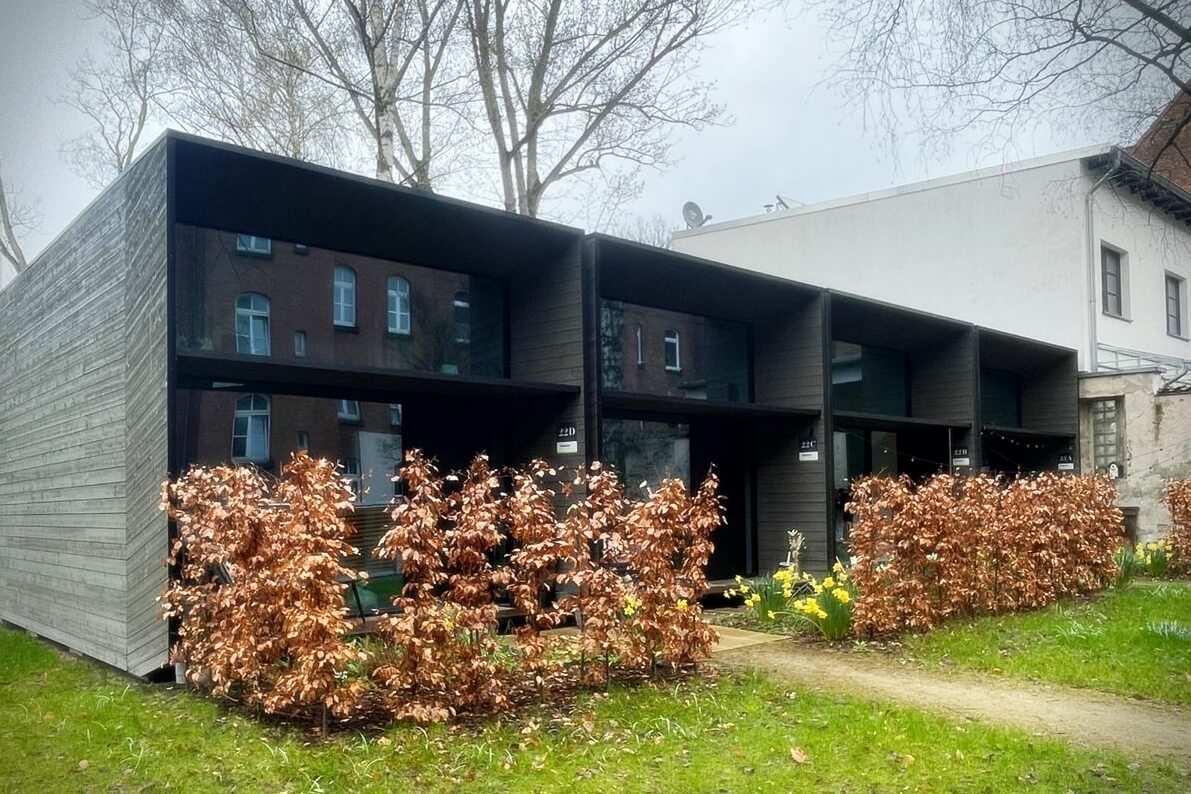Kodasema has been an advocate of tiny living spaces, minimalism and sustainable lifestyle for nearly a decade now. However, to ensure the health of our planet, not enough change has happened in our cities. This is why we continue to talk about this mindset in our blog. When we started Kodasema in 2015, the world’s population was 7.4 billion. Not many people were aware of the need to consider the CO2 footprint of our lives, and look for ways of building and living more sustainably. The world, however, has started to change, and the way at least some of us live, too.
Let’s look at some of the data impacting our lives and our cities. Today, around 40% of households consist of people living alone, while the countries with the largest number of single-person households in Europe are Denmark, Norway, Germany, Finland – with Estonia quite high up on that list, too. In the US, only 27% of households consist of people living alone; however, in less than ten years this number has increased by 10% and continues to rise.
Living alone is possible when people have better health, but it is also more popular due to growing individualism – globally, more people work and have independent income and are more independent than, for example, fifty or sixty years ago. There is less individual dependence on one’s partner and household, making it possible to lead lives alone, satisfying one’s individual needs to one’s liking and making personal choices.
Such a change in population distribution requires new rules for urban planning. We need more small living spaces, and more towns, in which people – while enjoying their lives living alone – can still easily meet their community and neighbours, solve problems, seek help and companionship, if needed and desired.
Merely building towers of multi-room apartments – while seemingly the most efficient – is not in the best interest of the growing percentage of households with people choosing to live alone. People are looking for all kinds of different places to live. Jane Jacobs has researched and written at length about better cities in the US. She offers some easy points to observe when assessing a neighbourhood: for example, look for sidewalks: are they full of people – a sign of a good and safe urban space – or empty – a sign that people might prefer not to move around outside.
Urban space is a meeting place and communication environment, and in addition to physical space, it also has a social and cultural purpose. A mixture of buildings old and new, for different people and businesses catering to the needs of that community, contributes to the healthy composition of a city.
City life requires careful planning. Human behaviour, a person’s mental performance-ability and the physical environment have a close relationship. Why is the human dimension and an understanding of human psychology important in urban planning?
Human-scale urban space supports people in three ways: it takes into account people’s health, looking to build healthier urban environments, it looks for well-being of people, building happier communities, but it also looks to the needs of the economy, to create the conditions for wealth creation in the community.
A ‘greener city’ considers urban planning from both social, economic and environmental aspects.
It is not possible to satisfy the growing and urbanised spatial needs of the world by using old large forms of construction in a nature-friendly way. Construction generates noise, garbage, extra traffic, and along with building maintenance, creates 50% of the CO2 emitted into the world. Concrete, steel and aluminium alone create 27% of the world’s CO2 footprint, mainly in the construction sector. This, added to the prediction that by 2060, the floor area of the world’s rooms will double, there is serious reason to consider very carefully what, where and how we build.
Timber-based, small-scale, factory-built design houses like KODA offer an alternative for the cities of the future. Factory-built, small scale homes allow for frictionless adding of small homes in urban settings: with nearly none of the disruption created by an old style construction lot. Adding entire new pocket neighbourhoods of homes meeting all the contemporary needs becomes easy and fast – something appreciated by the community already living in the area.
Today, digitisation and standardisation make these neighbourhoods a possibility for any city, provided the local planning laws and rules are up-to-date to fit the changing needs of the population.
Our experience with KODAs in a number of cities shows without doubt that modular, high-quality small houses provide a quick and convenient solution for densification of cities and specific areas, for the introduction of new areas and the transformation of areas to better fit people’s needs.
Small houses can be used to achieve multi-purpose and multifunctionality in the planning of urban areas. Areas for social interaction can and should be pre-planned when setting up the neighbourhoods. Areas used by office workers eating sandwiches at lunch, young parents with prams and toddlers in the morning, and people in the evening for gathering and socialising.
Demographically and economically, we need different spaces – and a different amount of space – at different stages of our lives. Setting up neighbourhoods that are flexible to the changing needs of people make our urban environments better – for a higher quality of life, for all forms of households, be it one person or more.
